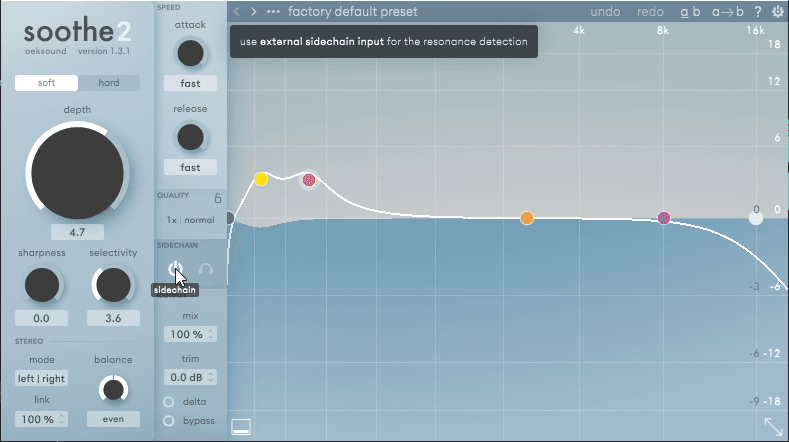As a music producer with experience, you’ve probably mastered the basics of beatmaking. However, even seasoned producers can always refine their craft. These 10 advanced tips will help take your beats to the next level, improving your creativity and production quality while using advanced MIDI techniques and sound design strategies. Let’s dive in!
Using MIDI fragments rather than full loops gives you more control and flexibility when building your tracks. Full loops can sometimes lead to predictable patterns, but by breaking down MIDI into smaller fragments (like those found in your HiHat Shards or 808 Shards packs), you can piece together unique, custom beats. Experiment with different fragments to create variations that keep your track fresh from start to finish.

Layering drums is an essential technique for creating more impactful beats. By stacking multiple samples, you can emphasize different frequency ranges, resulting in a punchier, fuller sound. For instance, one kick sample can provide the low-end thump, while another adds more snap in the upper frequencies. When layering, use EQ to ensure each layer occupies its own space in the mix and doesn’t cause muddiness.

Syncopation refers to playing notes off the beat, adding an element of surprise and creating a more complex rhythm. It’s a technique often used in trap and hip-hop beats to keep the listener engaged. With syncopation, you can create intricate hi-hat patterns, shifting the focus away from predictable beats and adding more groove to your tracks.
For instance, using the syncopated patterns in your HiHat Shards pack can help elevate your rhythm, making it feel less rigid and more dynamic. The key is to play around with timing, placing hi-hats or other percussive elements slightly off the grid to introduce subtle variations and energy.

Automation allows you to bring your track to life by gradually adjusting effects, volume, or panning over time. For example, you can automate a distortion on your instruments and the panning on your hihat’s, creating tension and movement to the beat. Subtle automation on reverb or delay can also help sections of your beat feel more spacious or tighter depending on what you want to achieve.
Proper use of EQ (equalization) and compression is critical for making your mix sound polished. Use EQ to carve out space for each instrument, especially in the low-end, to prevent clashing between the kick and bass. For example, you can roll off unnecessary low frequencies on melodic elements and drums that don’t need them. Compression, on the other hand, can help glue elements together, ensuring your drums sound punchy without overpowering other elements.
Sidechain compression is a technique where one sound (typically the kick) controls the volume of another sound (usually the bass or synth). This creates a “ducking” effect, allowing the kick to cut through the mix more clearly. In bass-heavy genres like trap, sidechaining ensures that the kick and bass don’t clash, making the low-end sound tighter and punchier.



While it may not seem intuitive at first, tuning your drums to the key of your track can significantly improve how they blend with the rest of your mix. Tuning 808s and kicks to match the track’s root note helps avoid dissonance and makes your beats sound more harmonious. Use your DAW’s pitch-shifting tools to ensure your drums are tuned correctly, especially when working with 808s.

Triplets add a unique groove by dividing beats into three equal parts, breaking away from the typical 4/4 grid. This creates fluid, off-kilter rhythms that feel more dynamic. Triplets are perfect for hi-hat or snare rolls in trap and hip-hop, adding tension and keeping the listener engaged. A well-placed triplet fill can provide rhythmic variation without overwhelming the beat, making your patterns stand out.

Reverse effects, such as reversed cymbals or snares, are great for building anticipation and smoothing out transitions between sections. Fills, like quick snare rolls or drum breaks, can also signal a change in the track, keeping the listener hooked. These techniques can add depth and interest to your beat, helping it feel more professional and polished.
Sign up to our newsletter and receive a free MIDI pack containing +150 unique MIDI files
© 2024 DoYouEvenProduceBro?